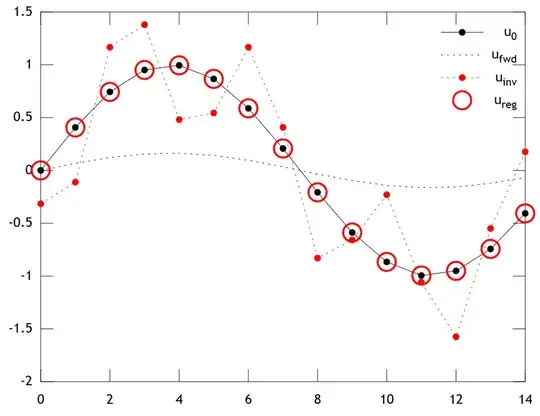I should start with the caveat that I am relatively new to Survival analysis. I was watching a Hulu documentary about Crocodiles last night, and they mentioned that baby crocodiles have a low chance of survival when they are young, but "with each passing day they have fewer predators". It seems that this should be true for most (if not all animals) including Humans (maybe to a lesser extent).
It seems that this early stage of life could be modeled with a monotonically decreasing hazard function such as this one from a $Gamma(1/2, 1)$ distribution. 
Of course if we want to know the hazard function for the duration of the Crocodiles life, the Hazard function should eventually increase due to old age. All of the common parametric models that I have looked at (weibull, pareto, gamma, etc) are monotone, with the exception of Lognormal which is concave down.
Are there any simple parametric distributions which have a concave up (bowl shaped) Hazard function?
